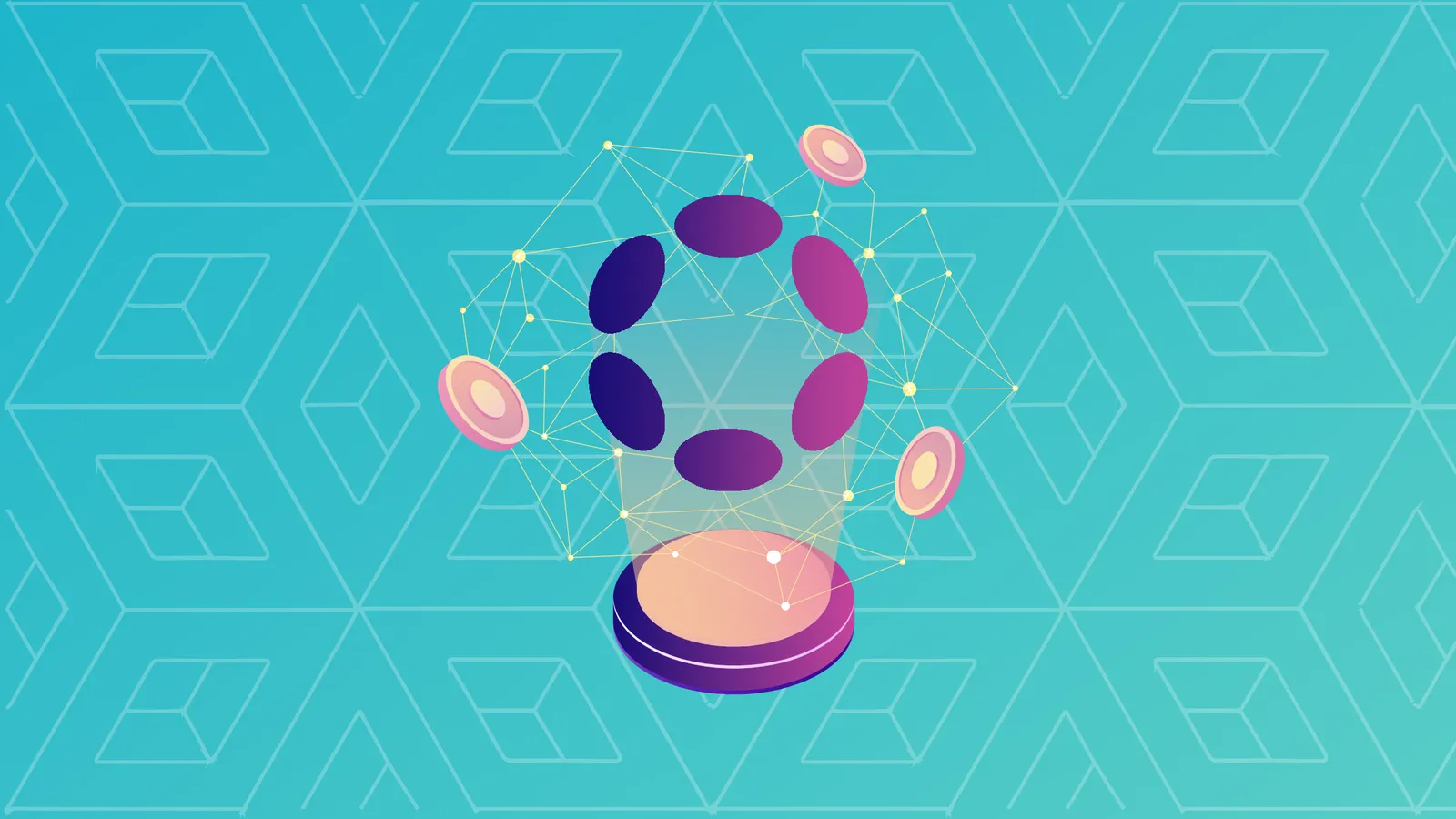With an ever-growing number of blockchain projects, achieving interoperability and scalability between blockchains is increasingly important.
Polkadot’s solution to this challenge is ‘parachains,’ a technical approach to allowing distinct blockchains to scale and work together effectively and safely, leveraging the Polkadot network’s guarantees of security, isolation, and communication.
What are parachains?
Unlike most other blockchains such as Ethereum, Polkadot isn’t built to have much inherent functionality. Instead, Polkadot acts as a ‘Relay Chain’ on top of which multiple parallel layer-1 blockchains, known as parachains, can be hosted side-by-side.
These different blockchains can be built for specific use cases, and then come together to form an ‘internet of blockchains’. These different blockchains can all natively use Polkadot’s token DOT, as a common currency.
By design, the Relay Chain does not support things like smart contracts, dapps, or even the ability to transfer assets. Instead, it works to find a consensus between different parachains performing the more outwardly facing use cases.
This basic layer, which is called a ‘Layer-0 blockchain’, uses a proof-of-stake consensus mechanism, much like Ethereum following its Merge in 2022.
This consensus mechanism uses Blind Assignment for Blockchain Extension (BABE). This is derived from Ouroboros, a protocol created by computer scientist Aggelos Kiayias, which is shared by Cardano.
The web of parachains built around Polkadot are able to send not just tokens, but also data between one another. This means developers building around Polkadot can build services that take advantage of multiple distinct parachains, rather than one sole chain.
You could compare this to how countries in the European Union (EU) maintain separate economies but can trade goods, services, and workers freely.
Each separate parachain is free to set its own parameters, including transaction fees, block times, governance mechanism, and mining rewards.
The vast majority of current parachains, as well as the Polkadot Relay Chain, use a development framework known as Substrate, provided by British technology firm Parity Technologies.
However, although they are synergistic, they can be mutually exclusive—you don’t need to use Substrate to develop and maintain a parachain.
Blockchains such as Ethereum, Solana, Tezos and Cardano run numerous smart contracts on one blockchain. As a result, their blockchains compete for the same limited computing resources within the network.
Having multiple independent blockchains with their own computing resources can help reduce issues surrounding congestion, execution times and hard-to-predict running costs.
There is currently a limit of around 100 parachains on Polkadot network, although in September 2023, Parity Technologies said that there is a roadmap to expand support to up to 1,000 parchains.
Sidechains and parachains: what’s the difference?
Parachains bear some outward similarities to ‘sidechains’: separate, related blockchains which are built on top of blockchains such as Ethereum—but they are markedly different.
Sidechains also look to improve scalability and interoperability for blockchains. Examples of sidechains include the Polygon Network as well as the BNB Smart Chain (BSC).
But sidechains each have their own consensus mechanism and token, whereas parachains on Polkadot share the same consensus mechanism, the Relay Chain.
What is the Kusama network?
A key underlying component of Polkadot’s network of parachains is the Kusama Network. This network acts as a sort of pre-production environment for Polkadot, or a sandbox that allows parachain developers to try out new ideas. It’s been described as a "canary network."
Kusama still shares most of Polkadot’s major design features, but projects on Kusama have much less strict governance. This allows new projects to work out any technical flaws, as to build momentum and a loyal user base.
Kusama is a functioning, independent, ‘real’ blockchain, rather than a ‘testnet’.
A testnet is a blockchain that uses the same underlying framework as the parent blockchain but no real funds are used, and they don’t use the same coins as the main database.
How are people using parachains?
Developers are currently building parachains for a wide variety of different use cases. Some examples include:
- ⭐ Astar: One of the most popular parachains in terms of adoption, Astar incorporates Ethereum Virtual Machine (EVM) WebAssembly which allows developers to make dapps for applications such as DeFi, NFTs and DAOs.
- 📱 Nodle: This parachain aims to bridge Web3 and the physical world by turning smartphones into edge nodes that interact with sensors and devices in the physical world, using basic iOS and Android apps.
- 🌙 Moonbeam: A smart contract platform built using the Substrate blockchain framework, which allows developers to build decentralized apps (dapps) using smart contracts, which can integrate with networks such as Ethereum.
How do you start a parachain?
To earn a place on the Polkadot network, projects need to competitively bid against each other via auctions. These auctions govern which projects get to connect to the Relay Chain and when.
The number of successful places is intentionally kept scarce by the Web3 Foundation, as a means of increasing competition within the ecosystem.
Once a project gains one of these invaluable leases, they last around 96 weeks. On the Kusama sister network, these leases last a maximum of 48 weeks.
These auctions primarily work using ‘crowdloans’. Here, community members support their favorite projects by temporarily locking their tokens down in support of their favored projects.
These are then kept in separate modules within the Relay Chain which is not in the project’s control. This helps to prevent ‘rugpulls’ by developers with bad intentions. If the bids are unsuccessful, the coins are automatically returned to their owners.
What is the future of parachains?
Though not available at the time of writing, the Polkadot Relay Chain is set for a major update, which will make significant changes to how the Relay Chain functions.
The upcoming Join-Accumulate Machine (JAM) upgrade would allow Polkadot’s Relay Chain to run more generic “services” including smart contracts; the Relay Chain will continue to support existing Substrate-based parachains.
The Web3 Foundation is currently offering roughly $10 million of prize funds to developers implementing JAM, just over $70 million at the time of writing. The prize pool looks to reward those working in different programming languages.
As of April 2024, the JAM update is still subject to stakeholder approval, pending a vote by holders of Polkadot’s DOT token. The Polkadot community can currently vote on Referendum 682 to approve the upgrade. The graypaper which fully explains the technical changes to how the Relay Chain will work can be viewed here.
Sponsored post by Polkadot Community
Learn More about partnering with Decrypt.






